Breadfruit Profile
Written by Joy
Nov 06 2020
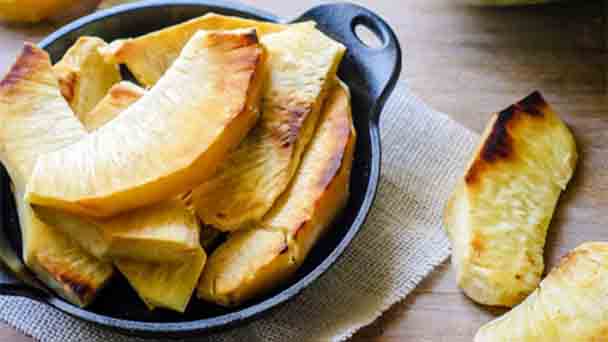
Breadfruit is an evergreen tree of Moraceae, 10-15 meters high; the bark is gray-brown and thick. The leaves are large, alternate, thickly leathery, ovate to ovate-elliptic, on both sides glabrous, dark green on the surface, shiny, light green on the back, whole; petiole length 8-12 cm; stipules large, lanceolate or broad lanceolate, yellow-green, flat pilose by gray or brown. Inflorescence solitary leaf axils, male inflorescence long cylindrical to oblong or rod-shaped, yellow. The male flower tepal of breadfruit is tubular, hairy, upper part 2-lobed, lobes lanceolate, anthers elliptic, style is long, poly flower fruit is obovate or subglobose, green to yellow, with round tumor-like protrusions on the surface, Mature brown to black, soft, the inner surface is composed of the milky white fleshy perianth; the drupe is oval to conical. There are few stone fruits or seedless fruits cultivated.
Breadfruit morphological characteristics
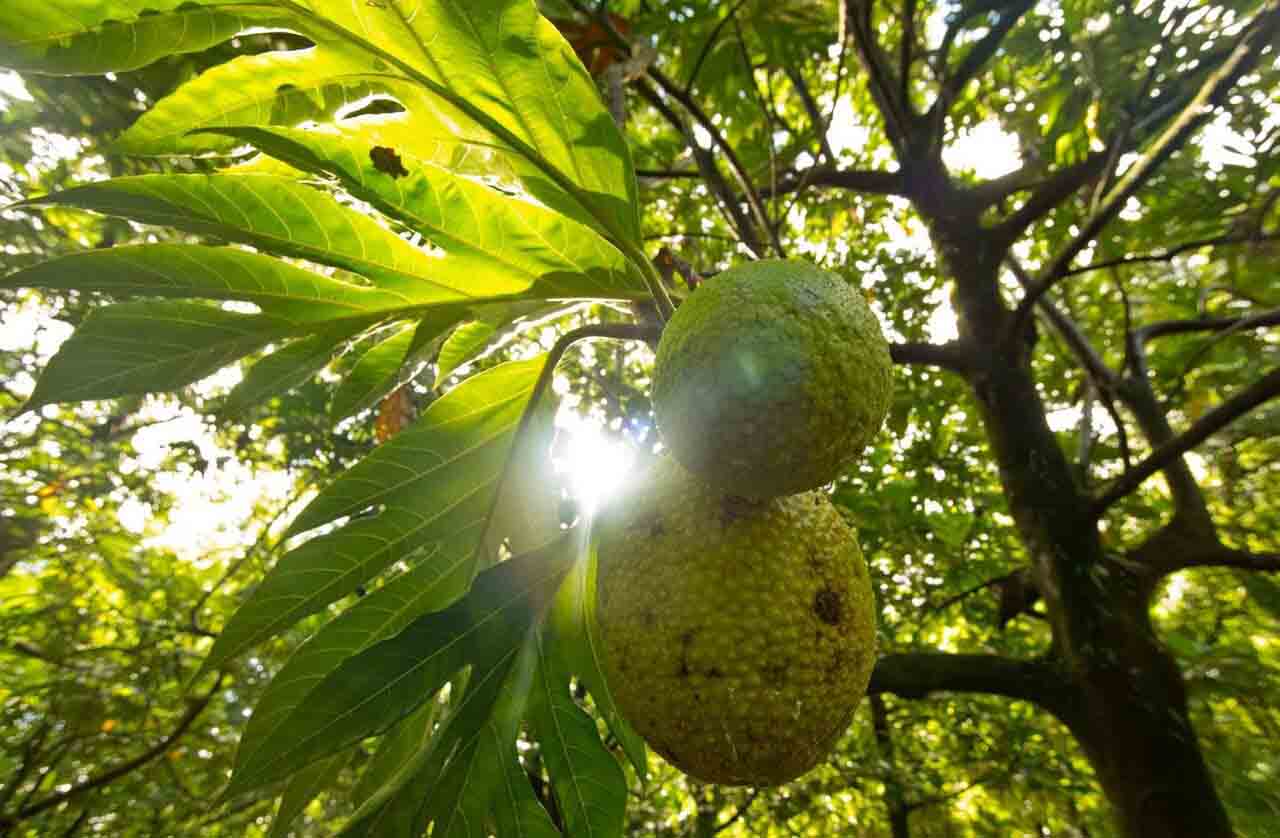
Breadfruit inflorescence has solitary leaf axils, male inflorescence is long cylindrical to oblong or rod-shaped, 7-30 cm long, yellow. The male flower tepal of breadfruit is tubular, hairy, upper part 2-lobed, lobes lanceolate, 1 stamen, anthers are oval, female flower tepals are tubular, ovary ovoid, style long, stigma 2-lobed, poly flora inverted Oval or nearly spherical, the length-to-width ratio of 1-4, length 15-30 cm, diameter 8-15 cm, green to yellow, with round tumor-like protrusions on the surface, mature brown to black, soft, and milky white inside Consists of the succulent perianth. The stone fruit of breadfruit is oval to conical, with a diameter of about 25 mm. There are few stone fruits or seedless fruits cultivated.
Breadfruit growth habit and growing environment and distribution
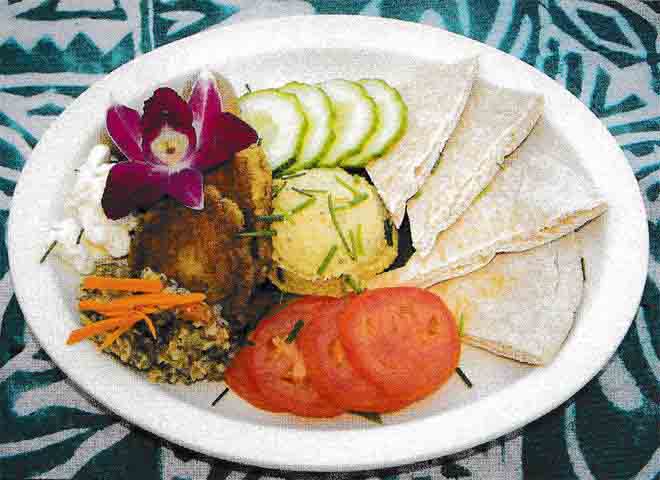
Breadfruit is a tropical tree species, a positive plant, and grows fast. Need strong light, heat resistance, drought resistance, humidity resistance, barren resistance, slightly shade resistance.
Suitable temperature for breadfruit growth: 23-32℃. Large plants are not easy to transplant.
Breadfruit efficacy and role
Edible value of breadfruit
Breadfruit is a woody food plant. The fruit is rich in starch and can be eaten after roasting. Baked breadfruit tastes like bread, soft and delicious, sweet in sour, and is often used as a ration. Can be baked.The Ami people in eastern Taiwan and the Dawu people on Orchid Island both eat the fruit of the bread tree. When the fruit is about to mature, the Ami people pick it off, peel it and cook it in water. In addition, they will give white milk to the children as an image. Chew like gum.
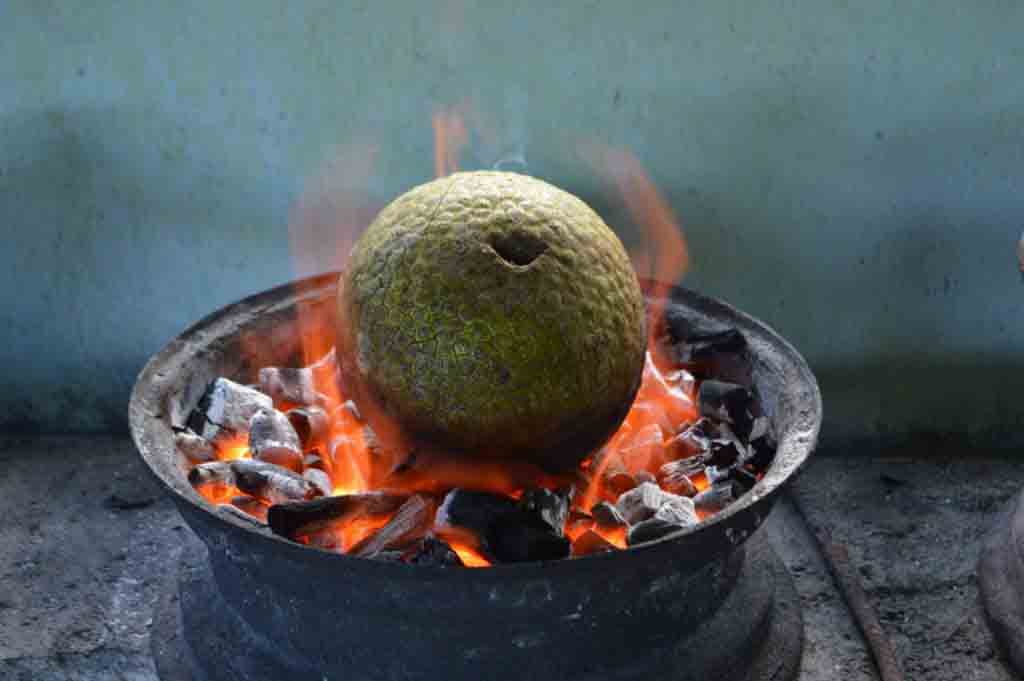
The economic value of breadfruit
Breadfruit is also the raw material for various items. Boats made of breadfruit are the main means of transportation for Samoans; houses built of breadfruit can live for 50 years; Samoans even use bark to make ropes and various daily necessities.The ornamental value of breadfruit
The wood of breadfruit is light, soft and thick, and can also be used for construction. Island residents use it like a canoe. Bread trees are suitable for planting as street trees and garden trees. Bread trees are planted in some parks in southern China for ornamental purposes only. You can also see them in some gardens in Beijing.Breadfruit cultivation
Sowing
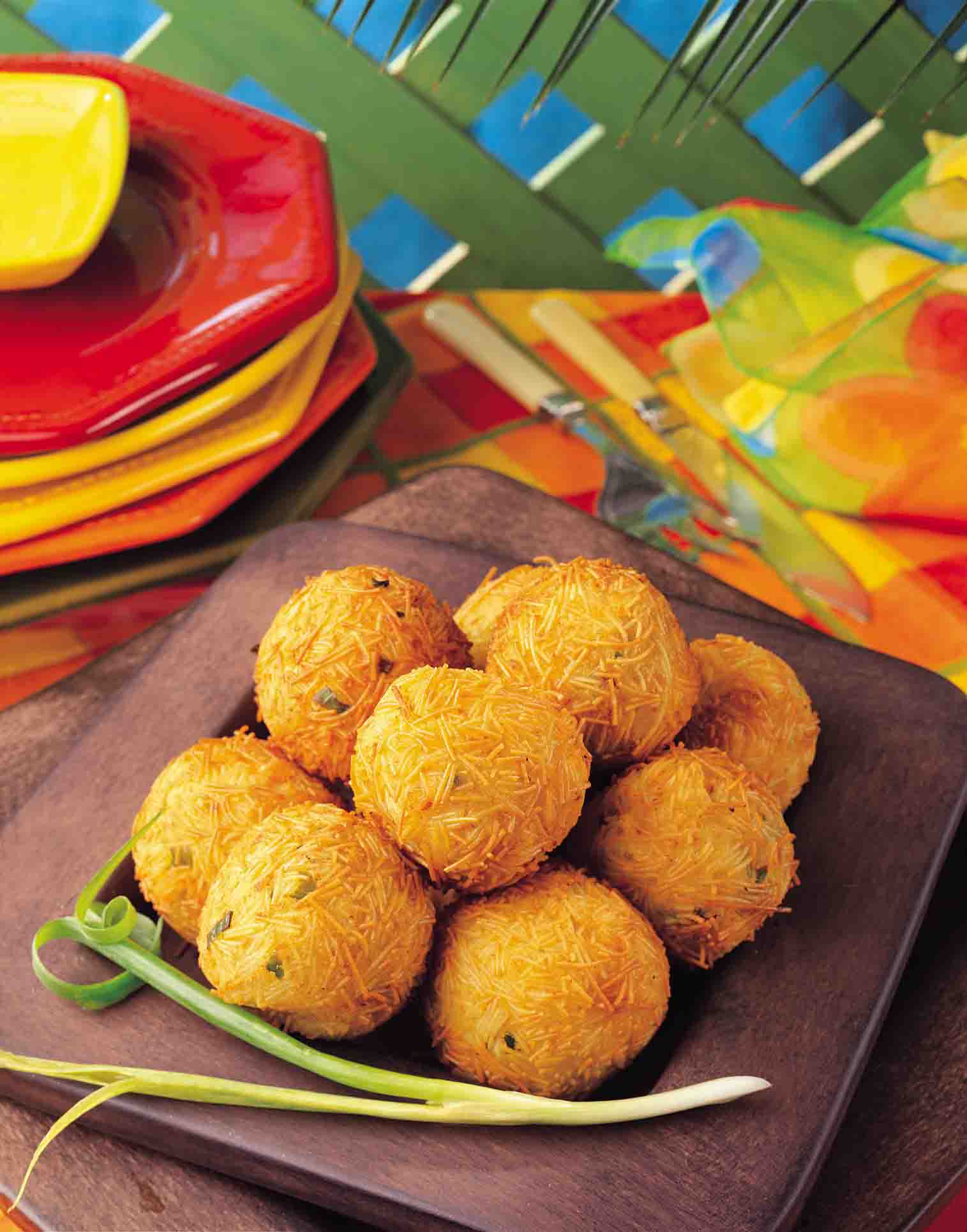
Layering
Breadfruit adopts high-pressure method. You can choose 2-3-year-old sturdy branches to cut or cut from May to July, then wrap the wound with soil and wrap it with a film, and pour water through it. It can be cut off from the mother's body and planted in about 3 months.Choose a place
Choose a sunny place, and apply enough base fertilizer in the planting hole. If the soil is heavy, add sand to improve it. During the growth of breadfruit, a small amount of sprouting will be produced. If sprouting seedlings are not needed for reproduction, they should be cut as soon as possible to prevent the consumption of nutrients. If the soil is fertile, it grows quickly.
Fertilize
Fertilization can be carried out according to the condition of the soil, generally 3-5 times a year, mainly compound fertilizer and organic fertilizer, and master the principle of thin application and frequent application.Water retention
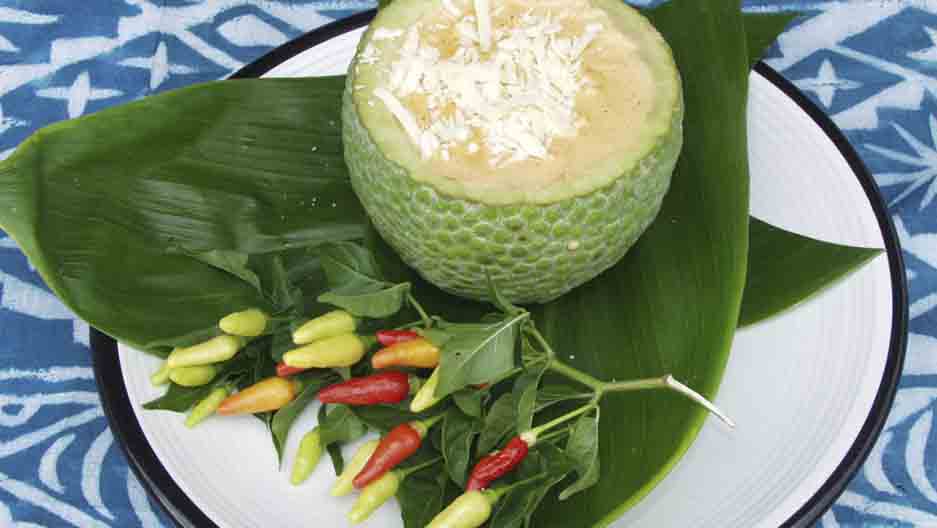
Fertilize
In different climate zones, breadfruits of different ages require different amounts of water. Seedlings and saplings are generally irrigated twice a week, and it is best to irrigate mature bread trees in the evening or the morning of the second day without irrigation. However, regular irrigation is conducive to better growth of breadfruit and shortens its nutritional dormancy period. Each bread tree planted in the field needs to be applied with 20 kg of fertilizer before planting, and then 10-15 kg of topdressing outside the root. To harvest breadfruit leaves as leaf forests for cultivation purposes, apply organic fertilizer about 62.5 kg/m or apply inorganic fertilizer during the dry season. Each sapling needs about 150 grams of phosphate fertilizer and 33 grams of urea; at the end of the rainy season, Each tree is topdressed with about 100 grams of urea. Spring to summer is the peak period of growth, water supply should be sufficient, and topdressing once every 1-2 months.Pruning
Bread groves that use leaves as products must be pruned at the end of the rainy season to control tree shape, enhance germination, and improve leaf quality. Mature bread trees generally do not need intensive pruning, just cut off the weak and dead branches to prevent the infection and spread of pests and diseases. Young trees should be pruned after deciduous leaves in winter.Latest Updated
- Benefits of Bugleweed - 7 Science-backed Health Benefits
- Bugleweed Dangers & Side Effects - Is It Poisonous?
- How to Plant Evergreen Trees - What You Should Know
- When to Plant Evergreens - Grow Guide for Evergreen Trees
- 12 Wonderful Evergreen Shrubs for Your Garden
- 12 Popular Evergreen Plants with Pictures for Beginners
- When And How To Prune A Lilac Bush Like a Pro
- How to Grow & Care for Lilac Vine (Hardenbergia Violacea)
- Japanese Lilac Tree (Syringa Reticulata) Care & Propagation Guide
- Shumard Oak Pros and Cons - What to Know
Popular Articles
- Winter maintenance of Antirrhinum Majus
- How to Grow Terminalia Mantaly Tree
- How to Grow and Care for Crossostephium Chinense
- How to grow Antirrhinum Majus in spring
- Peristeria Elata (Dove Orchid) Profile: Info & Care Guide
- Underwatered Snake Plant (Sansevieria Trifasciata) - Signs And How To Fix
- How to Care for Brazilian Jasmine Plant (Mandevilla Sanderi)
- How to Grow & Care for Graptopetalum Purple Delight in Summer
- Rosa Chinensis (China Rose): Plant Growing & Care Tips
- How to Care for Baby Sun Rose (Aptenia Cordifolia)